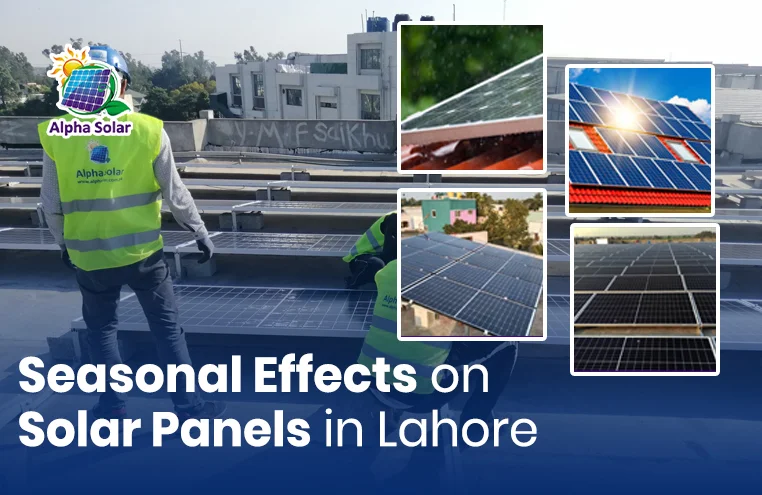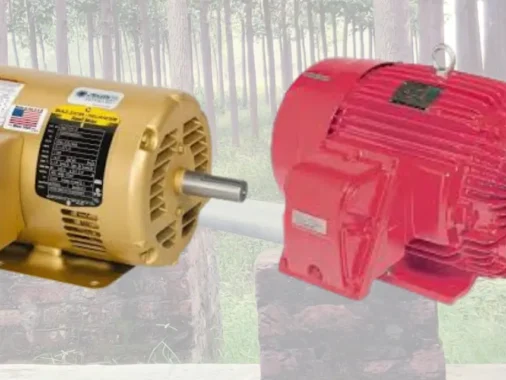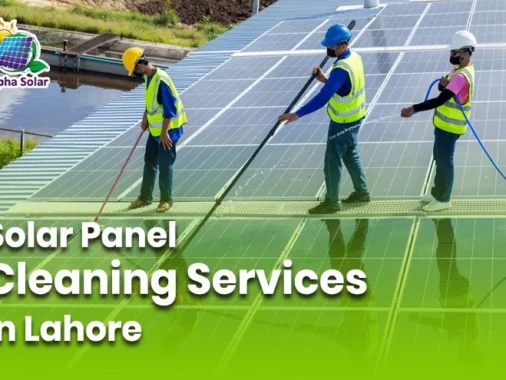Summer: Too Much Sun Power
Summer in Lahore is all about heat. The sun shines all day long, and it feels like the perfect time for solar panels to work their best. But here’s the thing—solar panels don’t like it too hot! When it gets really hot, like over 40°C, the panels get less efficient. They prefer a temperature around 25°C to work well.
But don’t worry! Even though they slow down a bit in the extreme heat, the long sunny days mean they still produce a lot of electricity. Many people in Lahore see their electricity bills go down in summer, thanks to solar energy.
Monsoon: Rain, Clouds, and a Little Break


When July and August roll around, the rains come pouring down. This is both good and bad for solar panels. The rain helps clean the panels, washing off all the dirt and dust from the summer months. It’s like a free wash for your solar system!
However, with all the clouds and rain, the sun doesn’t shine as much, so the panels can’t produce as much electricity. But even on cloudy days, they still collect some sunlight. So, while the energy production slows down, it doesn’t stop completely.
Autumn: The Best of Both Worlds
As the monsoon ends, Lahore gets a little cooler. The air is crisp, and the days are sunny again. This is the perfect season for solar panels. The temperature is just right—not too hot, not too cold—and there’s plenty of sunlight. During autumn, solar panels work really well, making the most of every sunny day.
Winter: The Foggy Challenge
When winter hits, especially in December and January, Lahore gets cold and foggy. The sun isn’t as strong, and the days are shorter. The fog and pollution can also block the sun, so solar panels don’t produce as much energy during this time. Winter is the slowest season for solar energy, but even then, the panels still create some electricity, just less than in other seasons.
After winter, spring arrives with warmer weather and longer days. The fog lifts, and the sun comes out in full force again. Solar panels love this season because the sunlight is strong, and the temperature is perfect. It’s like they’re waking up after a long nap, ready to work at full speed again.


In Lahore, where the seasons shift so dramatically, your solar panels go through their own journey with each change in the weather. Summer may be too hot, winter too foggy, but spring and autumn strike a great balance. Understanding how these seasons affect your solar panels can help you plan ahead and get the most out of your solar system year-round. Just like you, your solar panels adapt to the rhythm of Lahore’s seasons—always ready to harness the sun’s energy, no matter the time of year.






